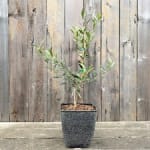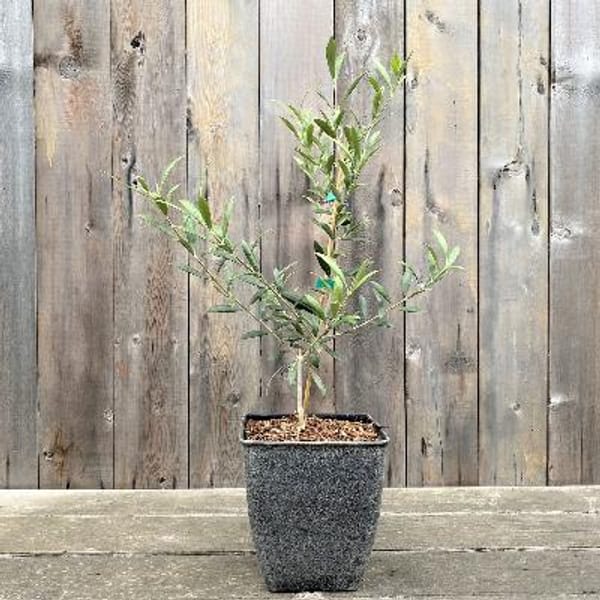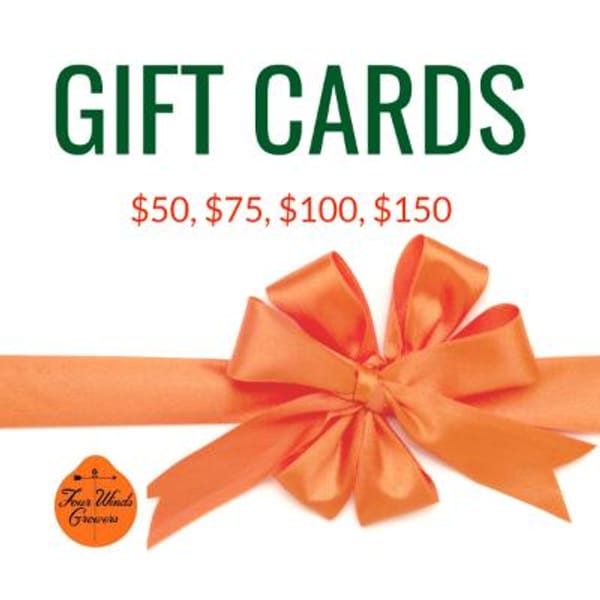- This pre-planted Arbequina Olive tree makes for an elegant patio piece for your yard that will produce excellent quality rich, buttery fruit that is perfect for home and artisan oil makers alike.
- Olive variety from Catalonia Spain.
- The highly aromatic fruit begins green and ripens into a brown bushed or fully brown color.
- Expect high yields of mild oil and heavy productivity.
- Height at maturity: 15'-20' in the ground, but can be kept smaller with pruning or if kept in containers
- Very compact tree, good for intensive planting and small spaces.
- Self-fertile
- Hardy to 12 F
- Best for Zones 8-10
- For Zones 4-7, you can grow this tree in a pot and bring it indoors for the winter
Click here for our Olive Tree Growing Guide (pdf)
Lee nuestra guia aqui: Cuidado del arbol de Olivo









